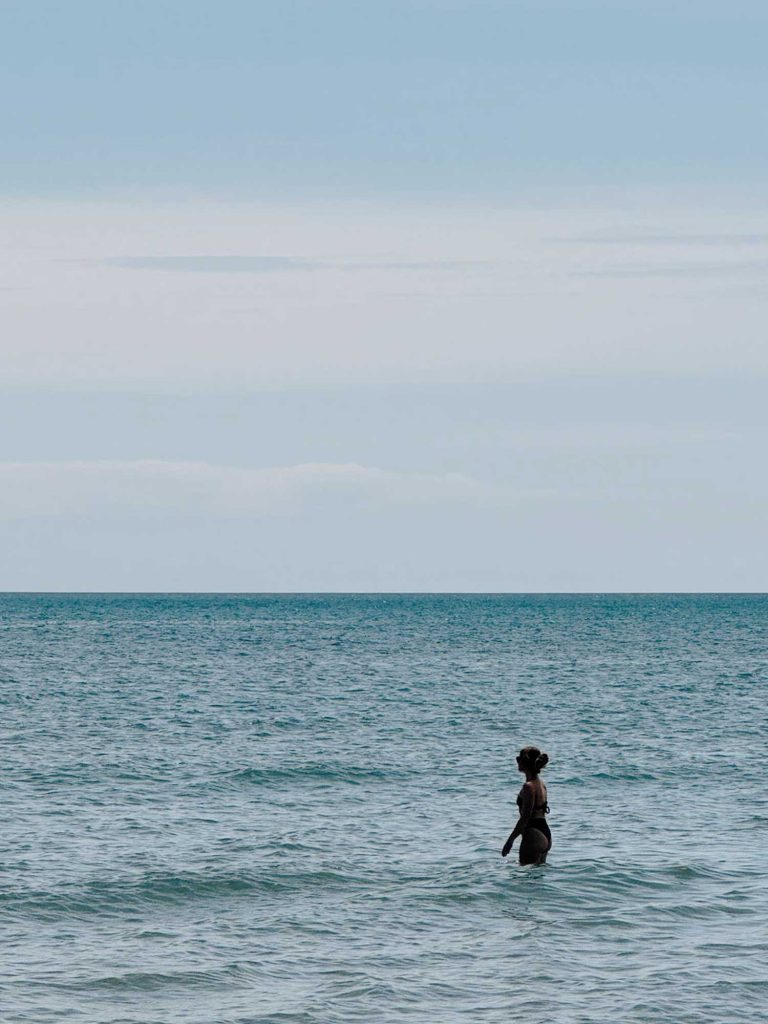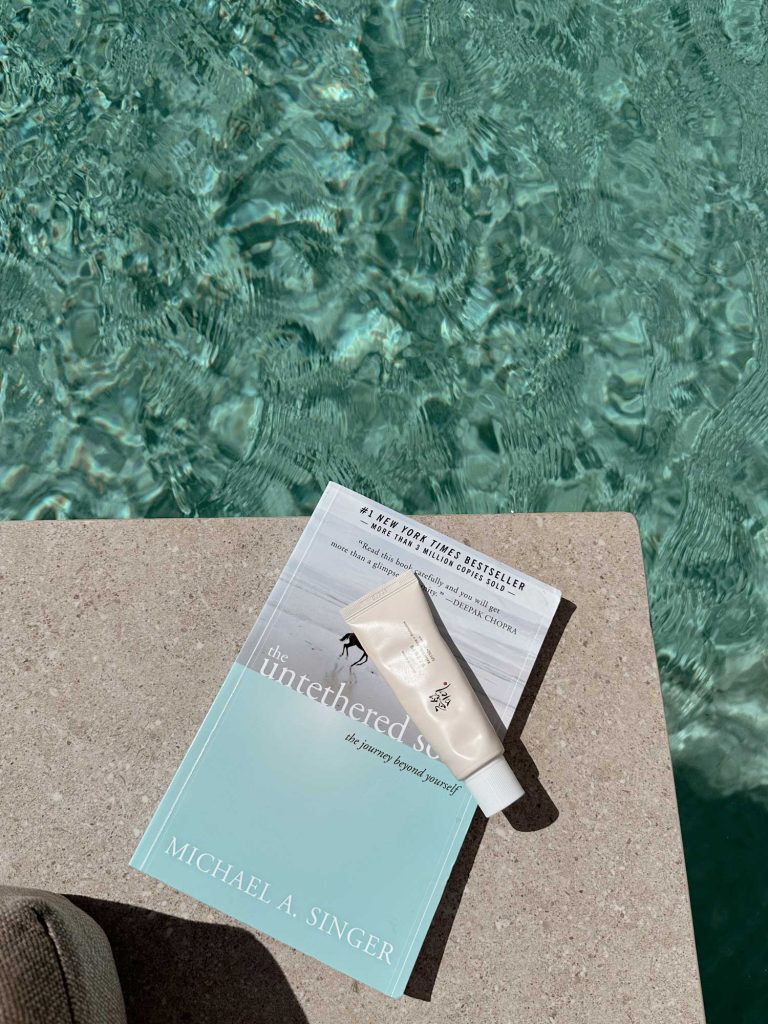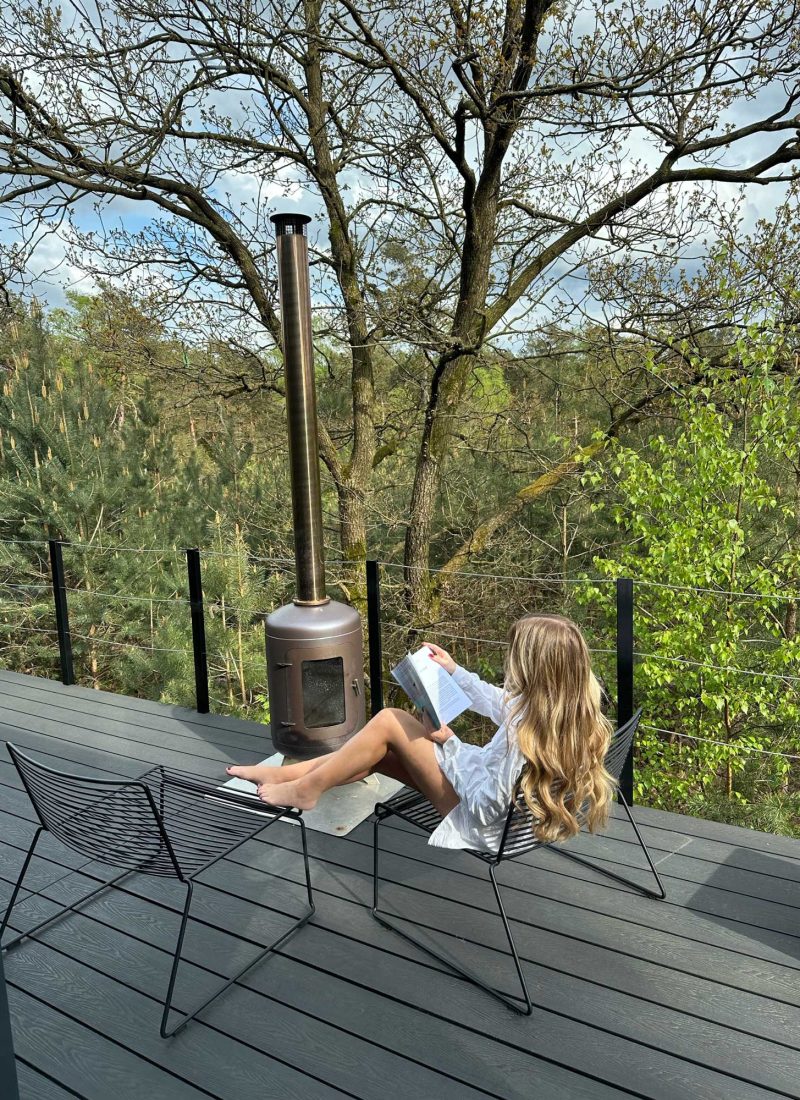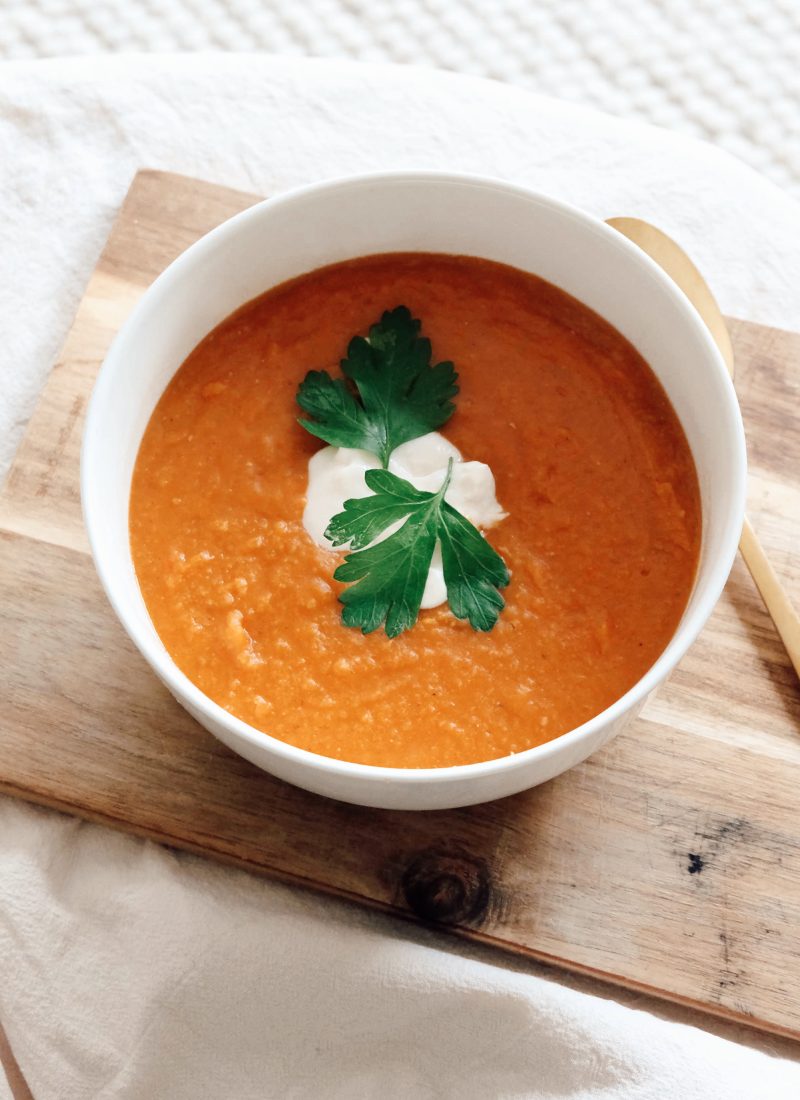
Pitta Dosha (fire and water) governs all transformations in the body: physical, emotional, and mental. It is responsible for digestion, metabolism, and energy production. Pitta types are typically intense, focused, and goal-oriented, but when imbalanced, they may struggle with anger, inflammation, and burnout.
Characteristics of Pitta Dosha
Pitta is often described as hot, sharp, oily, light, and spreading. These qualities affect both the physical body and mental state.
- Body: Pitta-dominant individuals usually have a medium build and are muscular with warm body temperatures. They tend to have oily skin and may experience acne or rashes. Their digestion is typically strong, but they are prone to acidity and heartburn when imbalanced.
- Mind: Mentally, Pittas are sharp, focused, and intelligent. They thrive on challenges and are natural leaders, but they can become easily irritated and impatient.
- Emotions: Pitta people are passionate and driven when balanced, but an aggravated Pitta can lead to frustration, anger, jealousy, or being overly critical.
Signs of Pitta imbalance
When Pitta becomes excessive, it shows up as inflammation – both physically and emotionally. Common signs include:
- Physical Symptoms: Acid reflux, heartburn, skin rashes, excessive sweating, diarrhea, and heat sensitivity.
- Mental Symptoms: Anger, irritability, impatience, and perfectionism.

How to balance Pitta Dosha
Balancing Pitta requires cooling, soothing, and relaxing practices that counter its fiery nature.
- Diet for Pitta Balance:
- Go for: Cooling, hydrating, and mildly sweet foods. Fresh fruits, salads, cucumbers, and leafy greens are excellent choices. Coconut water and milk also help to cool Pitta.
- Avoid: Spicy, oily, or fried foods. Limit acidic foods like tomatoes, citrus, and vinegar, which can aggravate Pitta.
- Spices: Cooling spices like coriander, fennel, mint, and turmeric are beneficial.
- Lifestyle Practices:
- Cool down: Avoid overheating by staying in cool environments and taking breaks to relax. Be mindful of overexertion during exercise and avoid direct sunlight.
- Exercise: Opt for moderate activities like swimming, walking in nature, or yoga to help release built-up heat.
- Relaxation: Incorporate relaxation techniques such as meditation, journaling, and deep breathing to release built-up tension.
- Mental and Emotional Practices:
- Mindfulness: Practice mindfulness to manage Pitta’s tendency toward anger and frustration. Meditative practices that focus on letting go can be especially beneficial.
- Cooling Visualizations: Visualize cooling and calming elements, like water or moonlight, during times of stress.
- Herbs for Pitta:
- Aloe Vera: Naturally cooling, aloe vera helps reduce inflammation and calm the digestive system.
- Shatavari: A cooling adaptogen, Shatavari balances heat and supports the reproductive system.
- Brahmi: Promotes calmness and enhances mental clarity, helping to soothe Pitta’s intensity.
Pitta and seasonal changes
Pitta is most aggravated in the summer when the weather is hot and humid, mimicking Pitta’s own qualities. During this time, it’s crucial to focus on cooling foods and activities to prevent overheating and irritability.



[…] Pitta is hot, sharp, and intense, so it requires cooling and soothing measures. […]